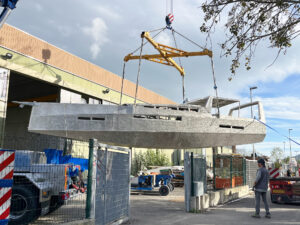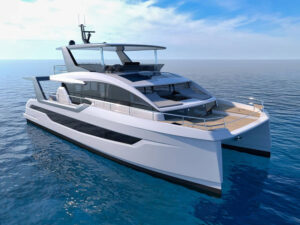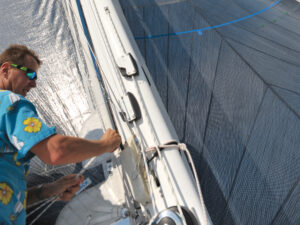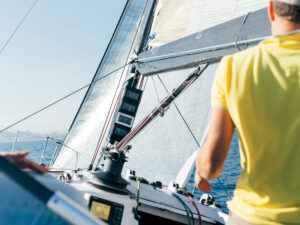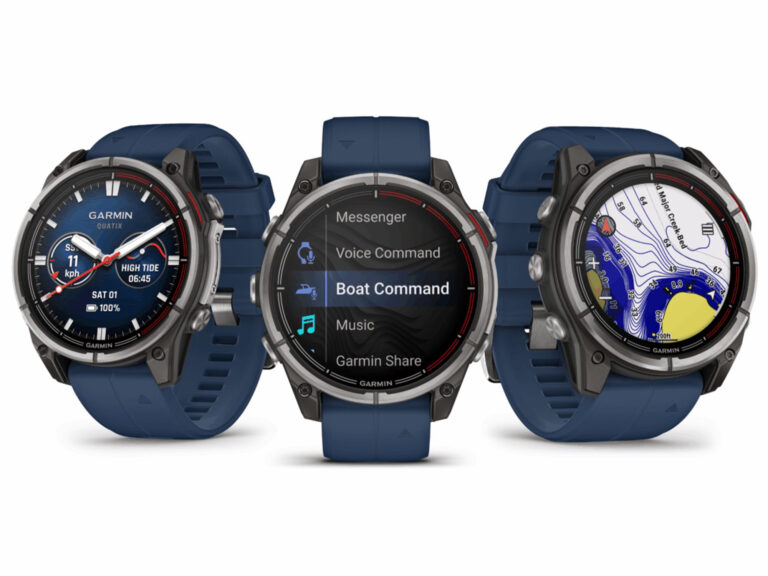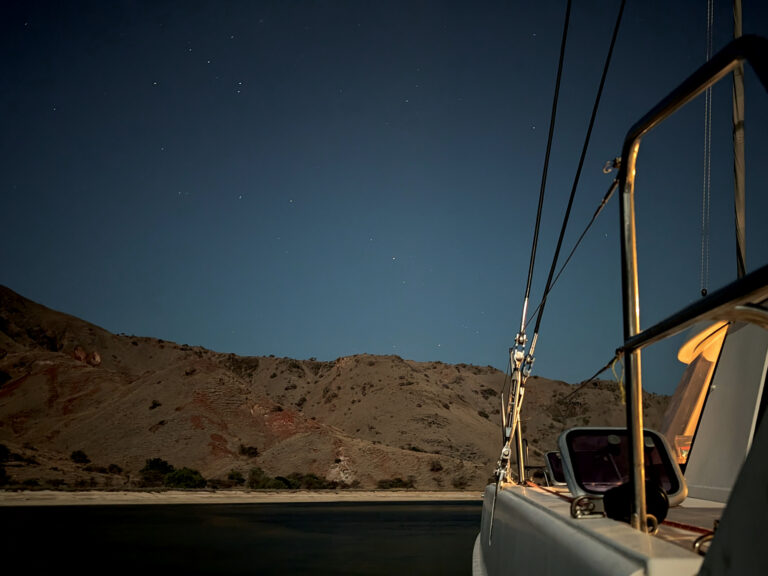
Electronic Charts for navigating
Have you ever seen a novice navigator align a paper chart to a boat’s heading, hoping that the new view will help to better correlate, say, a labyrinth of rocky Maine islands with the traditional cartography that holds the keys to where the dangers lurk? Witnessing that phenomenon many times during my years of teaching navigation is one reason I’m convinced that the chart-reading skills so many of us take for granted are far from intuitive. But many cling to those skills like crabs to clams, even as a new, more instinctive form of charting develops before our eyes.
As I’ve discussed here before (see “A Cruising Guide to Electronic Charts,” September 2010), navigation has changed a lot as we’ve adapted to the wonders, and foibles, of constant GPS plotting over an electronic chart. Many also have come to appreciate optional overlays like photo maps, points of interest, radar, weather, and A.I.S. However, the 3D charting every multifunction-display manufacturer now offers is undoubtedly the feature seen the most in advertisements but used the least in the real world. In fact, a significant majority of the generally knowledgeable navigators who post comments on my blog, Panbo.com, dismiss 3D as a marketing gimmick.
Change is hard, but I believe 3D is worth a serious try because the constraints of a top-down, two-dimensional chart view are more about the limitations of the printing press than what’s ideal when you’re trying to work your way through hazardous waters.
What takes 3D charting far beyond print is that your display computes an ever-changing point of view unique to your boat’s location and heading. The typical bird’s-eye image puts you high above your helm and slightly behind it, looking forward at charted information and overlays that have been shaped and shaded with bathymetric and topographic information to simulate how they might really look, though augmented in ways meant to help you avoid mishaps.
Underwater dangers may be boldly color coded, or lit navigation aids may graphically indicate their color and light-flash pattern so you can confirm them against reality without having to read their characteristics.
The vessel-centered, look-ahead point of view means that you get to see more detail immediately around you, where you need it, without losing sense of what’s coming up, as though you were viewing two or more zoom levels or chart scales at once.
Perhaps most important, though, is the way 3D makes chart and overlay data more naturally correlate with what you’re actually seeing from your cockpit as you move through the water so that it’s easier to make the correct connections.
However, it’s fairly freaky how different 3D is from the conventional 2D view, and I know many sailors who’ve tried it just once, at a dock. That’s a mistake, as 3D really shines when you’re under way, while 2D does remain the sensible mode in which to plan a voyage when you’re tied up. A north-up, top-down view lets you look around a chart without losing overall orientation, and no one particular spot needs your bird’s eye focus until you’re moving.
In practice, creating a route over a traditional chart view, then running it in 3D, can go together like lobster and butter. That’s why adjusting a route in 2D but driving it in 3D is standard operating procedure when it comes to electronic automobile navigation. It’s just that when you climb into your car, you don’t have to overcome centuries of powerful tradition to look at a 3D map.
At Work on the Water
This summer, I tussled with my own decades of navigation habits by using 3D views on four different multifunction displays, and I’ll be testing the feature in PC charting programs before winter closes in. (Go to www.cruisingworld.com to access my Panbo blog, where I’ll discuss this in more detail.) I’m by no means a total convert, but 3D is certainly not just a marketing gimmick. I believe that the manufacturers are working hard to perfect 3D navigation because they’re convinced that it will become highly desirable for underway route running—once we open our minds to it. And I think they’re right.
But the jury is certainly out on what 3D perfection looks like.
In classic and successful Garmin keep-it-simple-but-easy fashion, the company’s various multifunction displays only permit limited zooming in 3D; the view becomes familiar quicker, and without confusion, but there are situations in which I’d like more 3D scale control.
In classic and successful Furuno high-performance-but-manual-required fashion, NavNet 3D gives you unlimited zooming, scrolling, and tilting, and it even lets you fly around in 3D mode, but you may get giddy.
But the truth of those stereotypes only goes so far. There’s an elegance to the way Furuno morphs its 2D into 3D, with all details and functions intact. And a single button push easily switches back and forth between modes. Garmin treats 3D as a separate function window, like fish-finding, and disables some regular charting tasks, such as selecting MARPA targets.
On the other hand, a Garmin user with a G2 Vision chart card now gets a choice of three distinctly different Mariner 3D modes, acknowledging, I think, that a “perfect” way of viewing the data is not only elusive but also subjective.
The Raymarine E Wide and Simrad NSE, on which I’m also testing 3D, both need a Navionics Platinum chart card to display 3D mode, and it’s interesting how very differently they currently display the same data. All of the available shading, scaling, and data choices, as well as the screen options and controls at your fingertips, allow you to produce very nuanced representations.
The NSE works for me, clearly imparting critical information both near and far, while the Raymarine 3D needs work. But Raymarine knows this and is promising many refinements in a software update coming soon.
There are infinite ways to render and augment 3D charting. For instance, Furuno and Garmin seem to be using the fast-heading and even roll-motion data available on many modern systems to animate the 3D icon representing your own boat. Some navigators find this irritating, but it speaks to the deep visceral change that designers are trying to enable. If an electronic-chart display can connect solidly to your gut boat sense and the dangers in your path, maybe you can save some brain cycles from the intellectual task of chart interpretation, brain cycles you can use to look for uncharted dangers or just to enjoy yourself. The 3D screens that so many dismiss as confusing or gimmicky may, in fact, be the screens that demand less attention because they deliver the information better.
But old habits die hard. I’m quite aware that I’m tapping out this article using a “qwerty” keyboard layout designed over a century ago so that the mechanical type levers, which went away in my distant youth, won’t jam!
That’s why a cursory look at 3D charting usually doesn’t work. Instead, give it some time, lay out a route in the traditional fashion, preferably in a familiar area, and once you’re under way, put at least half your navigation display in 3D mode. Stick with it, and see if your internal navigator doesn’t start intuiting information off that screen in new ways.
For instance, at first I had no use for a 3D display that didn’t include the spot soundings I’ve always had within sight when cruising the opaque and unforgiving waters of Maine. But now I’m experimenting with a clean, colored-bathy-contour 3D view and wondering if all those depth numbers weren’t a wicked waste of my synapses. In other words, I’m finding the tried-and-true way isn’t necessarily the most natural and relaxed way.
Ben Ellison is CW_’s electronics editor._

